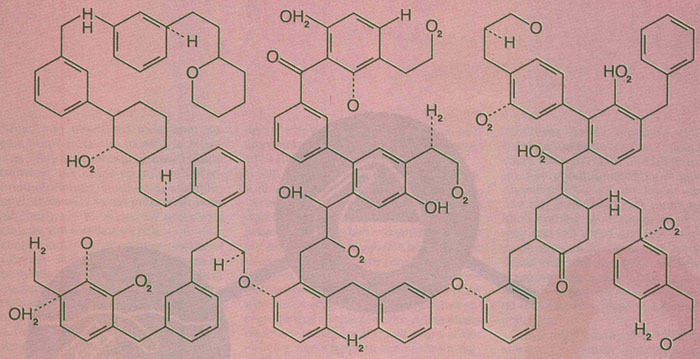Addicoat and Mehta1 have made a modification of the “Kick” algorithm. Recall, that the Kick method (discussed in this previous blog post) takes a collection of atom coordinates and applies a random kick to each atom. This creates a new initial configuration and a geometry optimization is performed starting form this configuration. If hundreds of such configurations are chosen, one hopes to locate most if not all reasonable structures. The new variation is to create fragments in which the atoms are held fixed. Then the kick is applied to the fragment as a whole.
Among the examples demonstrated in the paper, only one is of an organic species. They examined the structure of the Gly-Trp peptide associated with two water molecules. They used two conformations of the Gly-Trp dipeptide. The kick was supplied to one of these conformers and to the two water molecules. They ended up locating 22 structures with the first conformer and 46 with the second, spanning a range of about 0.5 eV. It must be pointed out that many of these configurations are clearly noncompetitive by not maximizing the degree of hydrogen bonding that can be obtained. Furthermore, many other conformers of the dipeptide would need to be examined to really map out the full PES and definitively locate all reasonable low-energy configurations. (it is not necessary that the gas-phase low-energy conformers yield the lowest energy configurations of the water complex.) Nonetheless, this modified kick procedure offers a “quick-and-dirty” means of generating a wide variety of initial conditions for locating structures.
References
(1) Addicoat, M. A.; Metha, G. F., "Kick: Constraining a Stochastic Search Procedure with Molecular Fragments," J. Comput. Chem., 2008, DOI: 10.1002/jcc.21026

